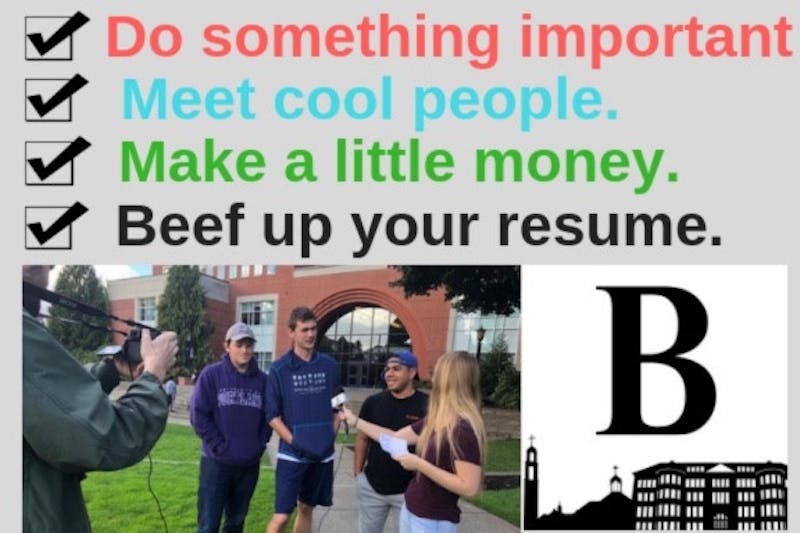By Bill Barnes
It's a scary time right now, with retirement nest eggs shrinking as stock markets crash, over half a million jobs being lost in the U.S. each month, and foreclosures on houses rising dramatically. Of course this is impacting us on campus as well -- the University endowment has declined along with the markets and more students are facing financial strains and an uncertain job market.
This is also a golden opportunity to take stock of our priorities and to change. There are two fundamental things we should remember as we face this relatively uncertain period.
First, the lessons of time. Get beyond the short run and cultivate a long run view. The U.S. financial mess teaches us that short term trends can seduce a critical mass of people into thinking that good times (or bad times) will go on forever. Not so. There were people recently raising red flags about the speculative froth in the housing markets, just as there were people in the 1990s raising red flags about the speculative froth in technology stocks. The long view teaches us to not put all our eggs in one basket, and to be ready for good and for bad times. It also teaches us that, if we are patient and we avoid short term thinking, we can make wise decisions that will help us to prosper in the long run.
Second, we also need to get our "boundaries" right as we make decisions. The financial crisis reveals that we underestimated the risks we were taking. I strongly believe that these risks and the ensuing crisis pale in comparison to the risks we are taking when it comes to our planet's climate. We need to listen carefully to our world's best scientists and remember that human activity is impacting our larger environmental sphere. What scientists are saying is truly alarming -- the "cost" of a business as usual, carbon intense path is extremely high.
What will it take to be more proactive and to change our carbon intense ways? It does not seem easy, but we should remember that humanity has an opportunity to invest a relatively modest amount of time and money within a few years to mitigate the worst case climate scenarios and adapt to a milder climate change path. The costs of action, in other words, are far less than the costs of inaction.
On campuses across the country, faculty, staff, and students are taking the lead by devoting time and resources to climate change education and action. Let's do our part on our own campus -- it's the smart thing to do -- and it's an investment for our future.







